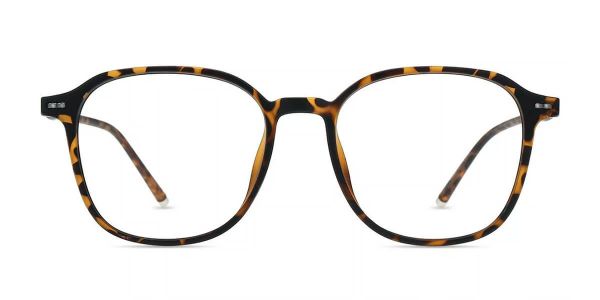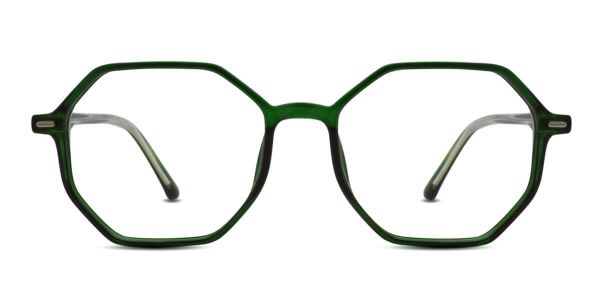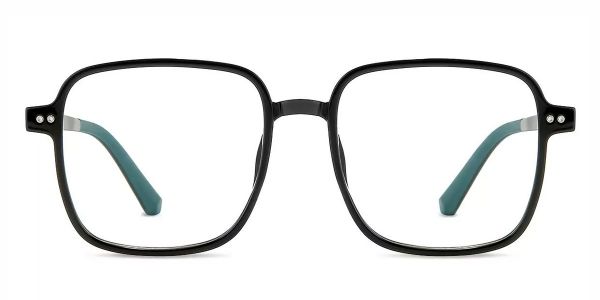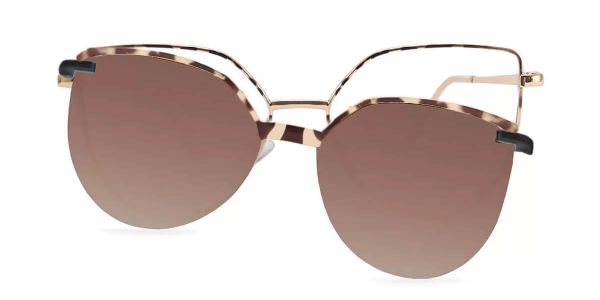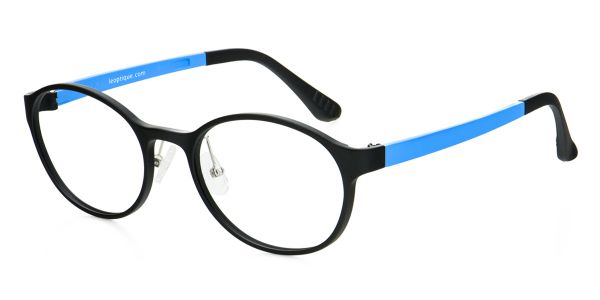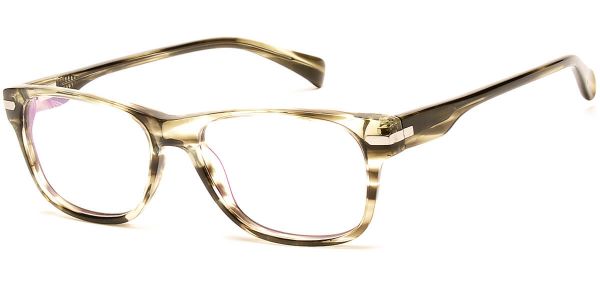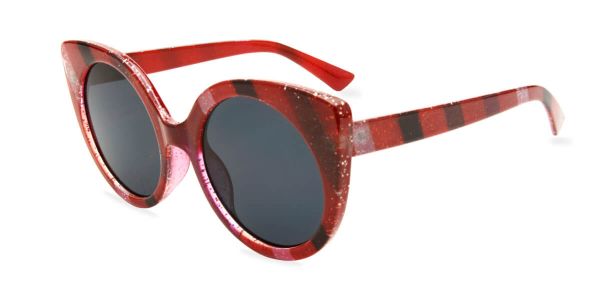
In 1907, Owen Aves introduced the groundbreaking concept of progressive multifocal lenses, marking the birth of a new paradigm in vision correction. Inspired by the shape of an elephant's trunk, these lenses featured a continuous increase in curvature from the top to the bottom of the front surface. This innovation allowed for a gradual and continuous change in optical power, transitioning from a distant vision zone at the top to the required near vision power at the bottom.
The Modern Era: Building upon the initial concept, advancements in modern technology facilitated the development of the first contemporary progressive lens by Frenchman Métenaz in 1951. After several iterations, this lens was introduced to the French market in 1959, gaining attention globally for its innovative approach to vision correction. Soon, it found widespread adoption across Europe and North America.
Functionality of Progressive Lenses: Progressive multifocal lenses were initially designed to provide a natural, convenient, and comfortable correction method for presbyopic individuals. Described as "zoom lenses for the eyes," these glasses enable wearers to see clearly at varying distances – from far to near and everything in between.
Technological Advancements: With the evolution of computing technology, advanced design software and instruments revolutionized the development of progressive lenses. The overarching trend shifted from single, rigid, symmetric, and spherical designs for distance vision to diverse, flexible, asymmetric, and non-spherical designs for distance vision.
Beyond Optics: Initially focused on mathematical, mechanical, and optical aspects, the design of progressive lenses has expanded to consider the comprehensive understanding of the visual system. Modern and future designs increasingly emphasize the interplay between progressive lenses, physiological optics, ergonomics, aesthetics, and psychophysics.
Global Adoption: Experiencing significant innovations over time, progressive lenses now come in various types, gaining prominence as the preferred method of vision correction in developed countries like France and Germany. In Japan and the United States, the adoption of progressive lenses shows a clear upward trend each year. In the Asia-Pacific region and Eastern Europe, the promotion of optometric education centered around progressive lens fitting has led to an increasing number of optometrists considering progressive lenses as a crucial choice for vision correction.
Addressing Myopia: Recent research on the "Development and Accommodation Theory" has prompted the application of progressive multifocal lenses in controlling the progression of myopia in adolescents. Scholars supporting this theory suggest that prolonged near-distance reading induces accommodative spasm, leading to elongation of the eye axis and subsequent myopia development. Based on this premise, researchers have explored methods of preventing and controlling myopia development through additional measures during near-distance reading.
The journey of progressive multifocal lenses from their conceptualization in 1907 to their current diverse applications globally reflects not only advancements in optical technology but also a deep understanding of the complexities of the visual system. As technology continues to evolve, the future of progressive lenses holds the promise of even more tailored and effective solutions for vision correction.





